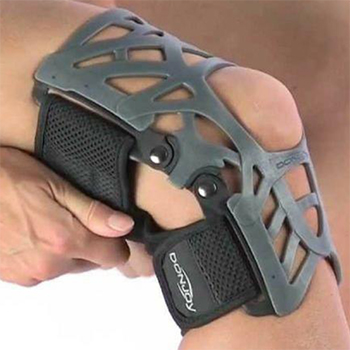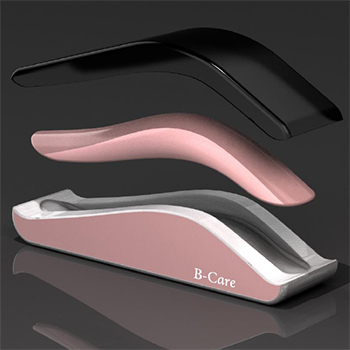The report studies sports helmets and presents a synthesis of research-based information and opinions. A review of the literature shows that helmets play an important role in head injury prevention and control. Helmets have been shown to be very efficacious and effective in a range of sports and in preventing specific head injury risks, especially moderate to severe head injury. The report emphasises the importance of helmet standards and the need for further development. There are calls for helmets that address the needs of competitive (elite) athletes separate from helmets for recreational athletes. Deficiencies in the evidence base for head injury risks and helmet efficacy and effectiveness were identified in some sports. A need to evaluate helmet performance in oblique impacts and incorporate this into standards is also a part of this report. There are emerging opportunities within helmet technology to improve impact performance or to measure impact exposure. Helmet technology, as it matures, may provide critical information on the severity of the impact, the location of the injured athlete, for example, motorcyclists, and assist in the retrieval and immediate, as well as the long-term medical management of the athlete. It was identified that athletes, families and sports organisations can benefit from access to information on helmet performance. The importance of selecting the appropriately sized helmet and ensuring that the helmet and visor were adjusted and restrained optimally was emphasised. The translation pathway from the science to new and better helmets is the development of appropriate helmet standards and the requirement for only helmets to be used that are certified to those standards.





